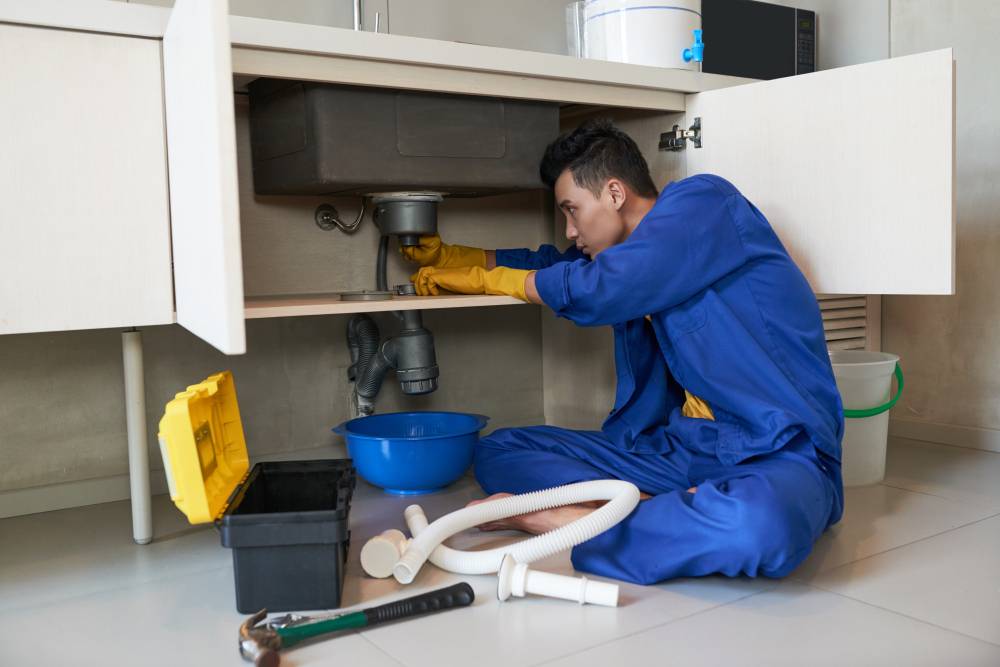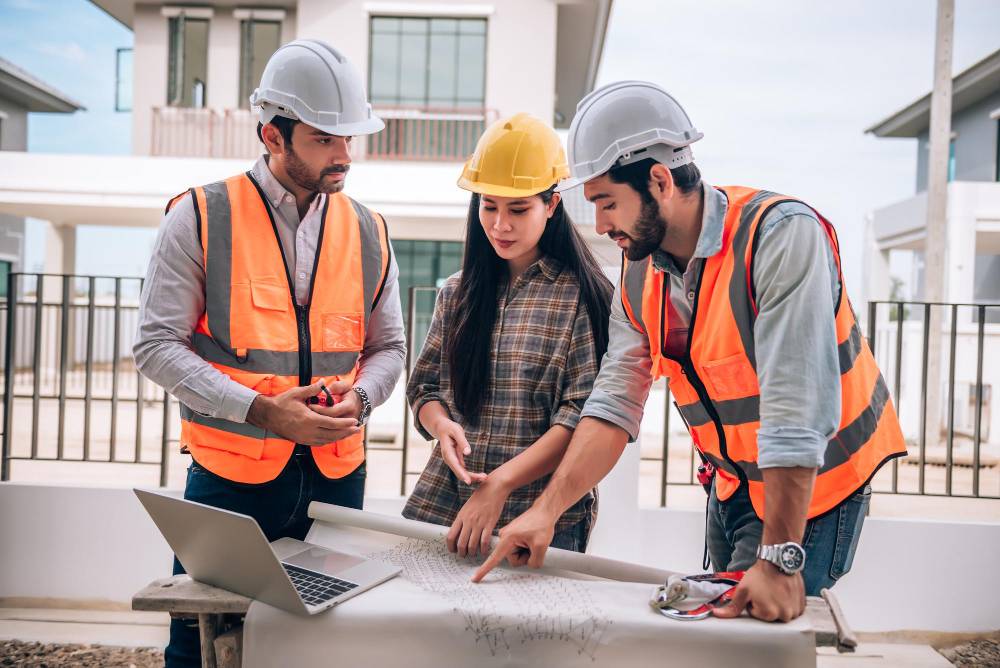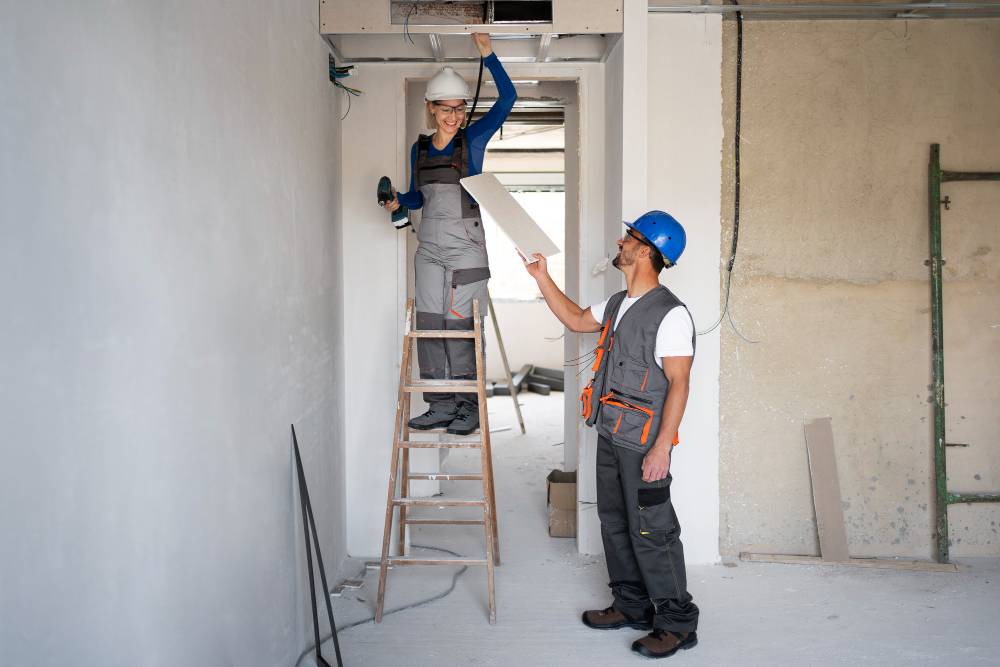Introduction
Whether commercial or residential, buildings are significant investments that require ongoing care and maintenance.
Regular inspections are one of the most effective ways to ensure a property’s longevity while minimizing expenses.
Preventative maintenance through routine checks helps detect minor issues before they escalate into costly repairs, ensuring safety, compliance, and efficiency in building operations.
Neglecting routine inspections can lead to severe structural damage, high repair costs, and even legal liabilities.
By implementing a proactive approach, property owners and facility managers can safeguard their buildings and reduce long-term maintenance expenses.
The Importance of Regular Inspections
1. Identifying Potential Issues Early
Regular inspections allow building managers and owners to detect potential problems before they worsen.
Small cracks in the foundation, minor leaks, or early signs of mold can quickly become major structural concerns if left unattended.
These minor issues, if ignored, can lead to more extensive problems such as water damage, electrical failures, or compromised structural integrity.
By catching these early, property owners can avoid hefty repair bills and structural damages while ensuring that the building remains safe and fully operational.
2. Enhancing Safety and Compliance
A well-maintained building ensures the safety of its occupants. Routine inspections help in identifying hazards such as faulty wiring, gas leaks, or fire safety violations.
Many jurisdictions have stringent building codes and safety regulations, and failing to comply can result in fines or legal issues.
Regular inspections help in maintaining compliance with national and local safety standards, reducing liability risks.
Additionally, ensuring that emergency exits, fire suppression systems, and security systems are functioning correctly protects both residents and employees from potential dangers.
3. Extending the Lifespan of Building Components
Every component of a building has a lifespan, but with proper maintenance and inspections, their longevity can be extended.
Regularly checking HVAC systems, plumbing, roofing, and electrical systems ensures they remain in optimal working condition, thereby delaying the need for expensive replacements.
Without frequent inspections, small issues like rusting pipes or worn-out insulation can lead to complete system failures, requiring costly overhauls instead of minor repairs.
Key Areas to Inspect Regularly
1. Roof and Gutters
The roof protects a building from environmental elements, but it is also one of the most vulnerable parts.
Regular inspections help identify missing shingles, leaks, and clogged gutters that can lead to water damage and mold growth.
A damaged roof can cause interior leaks, leading to structural damage and unsafe conditions inside the building. Gutters, if not cleaned regularly, can lead to improper drainage and foundation damage.
2. Plumbing Systems
Leaks, burst pipes, and inefficient water systems can cause severe damage over time. Routine plumbing inspections help detect leaks early, preventing structural issues and water wastage.
Even a slow, unnoticed leak can lead to mold growth, rotting materials, and increased utility bills. Checking water pressure, pipe insulation, and drainage efficiency can help prevent costly repairs and ensure proper water usage.

3. Electrical Systems
Faulty wiring and outdated electrical panels can pose fire hazards. Routine inspections ensure that all wiring, outlets, and appliances are functioning safely and efficiently.
Electrical issues are among the leading causes of commercial and residential fires. Regular checks can identify overloaded circuits, exposed wiring, or outdated components that need upgrading to maintain safety and efficiency.
4. HVAC Systems
Heating, ventilation, and air conditioning (HVAC) systems require regular servicing to operate efficiently.
Neglected HVAC systems can lead to poor air quality, increased energy costs, and unexpected breakdowns.
Dirty air filters, refrigerant leaks, or malfunctioning thermostats can significantly impact a building’s climate control, leading to discomfort for occupants and higher operational costs.
5. Structural Integrity
Cracks in walls, foundation shifts, and other structural concerns should be addressed immediately to prevent costly repairs. Routine assessments by professionals can determine if a building’s structural integrity is at risk.
Issues such as sagging floors, crumbling masonry, or corroded support beams indicate deeper problems that require immediate attention before they compromise the entire building.
Cost-Saving Benefits of Regular Inspections
1. Preventing Major Repairs
A minor repair today can save thousands of dollars in the future. For example, fixing a small roof leak can prevent extensive water damage that would require complete roof replacement.
Replacing worn-out caulking around windows can prevent heat loss and lower energy bills, proving that small maintenance efforts can lead to significant savings.
2. Reducing Energy Costs
Faulty insulation, inefficient HVAC systems, and leaky windows can lead to increased energy consumption.
Regular inspections ensure that a building is energy efficient, leading to lower utility bills. Sealing drafts, optimizing heating and cooling systems, and installing energy-efficient lighting are cost-effective ways to improve energy efficiency.
3. Maintaining Property Value
A well-maintained property retains its value over time. Regular inspections and maintenance prevent deterioration, making it more attractive to buyers and tenants.
Neglecting maintenance can result in decreased property value, reduced rental income, and difficulty in securing potential buyers when selling the property.
Best Practices for Implementing Regular Inspections
1. Develop a Maintenance Schedule
Create a routine inspection plan for different building components. While some elements like plumbing and electrical systems may require annual checks, others like HVAC systems may need bi-annual servicing. Having a well-documented schedule ensures consistency and accountability.
2. Hire Professional Inspectors
While some maintenance checks can be performed in-house, professional inspectors bring expertise and specialized tools to identify hidden problems. Certified inspectors can also provide detailed reports that help with future planning and budgeting.

3. Keep Detailed Records
Maintaining a record of all inspections, repairs, and maintenance helps track the health of the building over time and provides valuable insights for future budgeting and planning. Having a historical record of maintenance can also be beneficial for insurance claims or legal matters.
4. Act Immediately on Inspection Reports
Identifying a problem is not enough; timely action is crucial. Address minor issues immediately to prevent them from escalating into significant repairs. Promptly repairing small damages prevents them from growing into larger, more expensive problems.
Conclusion
Regular building inspections are an essential part of property management. They help detect issues early, enhance safety, extend the lifespan of building components, and ultimately save money.
Whether for commercial or residential properties, establishing a routine inspection schedule is a proactive approach to maintaining a building’s integrity and value over the long term.



